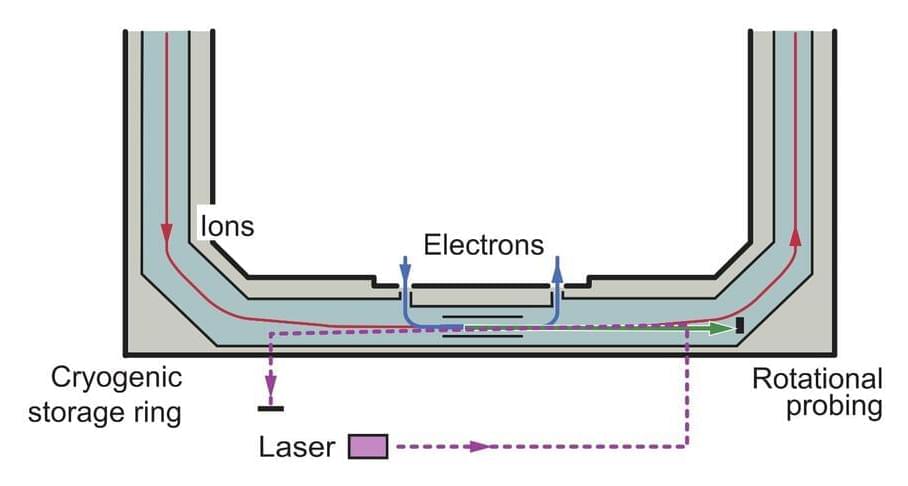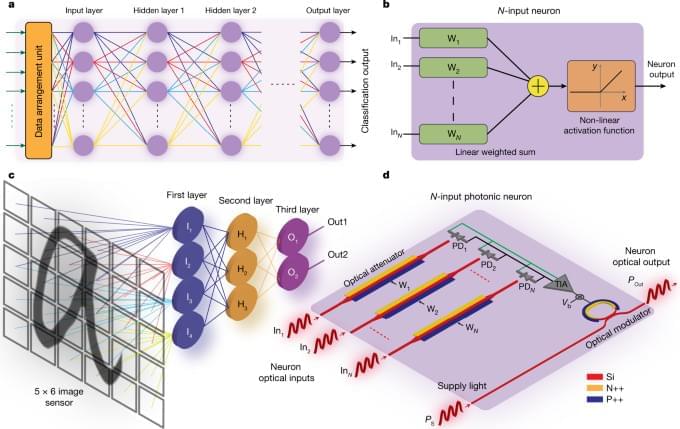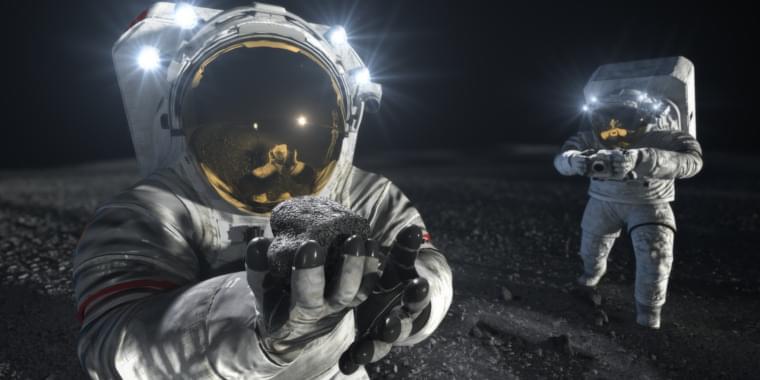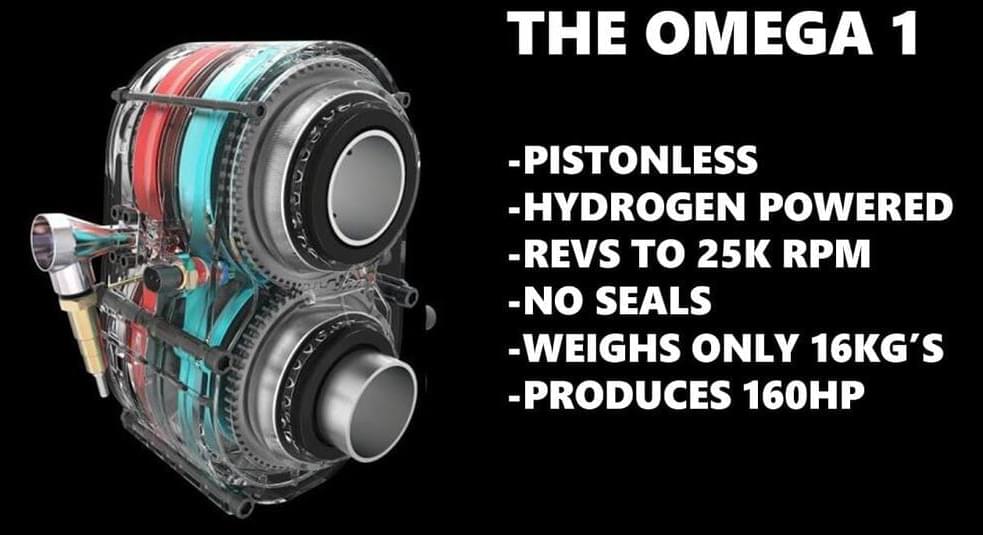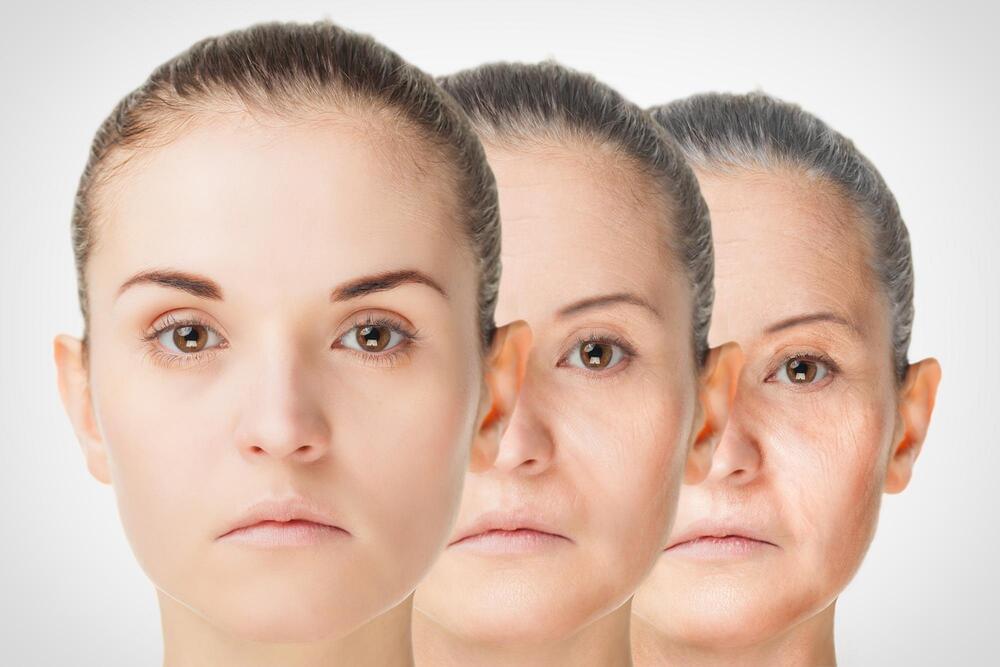
For the first ever time, MIT scientists have quantified the temporal coherence (lifetime) of graphene qubits-meaning to what extent it can keep up a special state that enables it to speak to two coherent states at the same time.
As of late, specialists have been incorporating graphene-based materials into superconducting quantum computing gadgets, which guarantee quicker, progressively proficient computing, among different advantages. Up to this point, be that as it may, there’s been no recorded coherence for these advanced qubits, so there’s no knowing whether they’re feasible for practical quantum computing.
In a new study, scientists demonstrated a coherent qubit made from graphene and exotic materials. These materials empower the qubit to change states through voltage, much like transistors in today’s traditional computer chips — and not at all like most different kinds of superconducting qubits. Also, the specialists put a number to that coherence, timing it at 55 nanoseconds, before the qubit comes back to its ground state.


